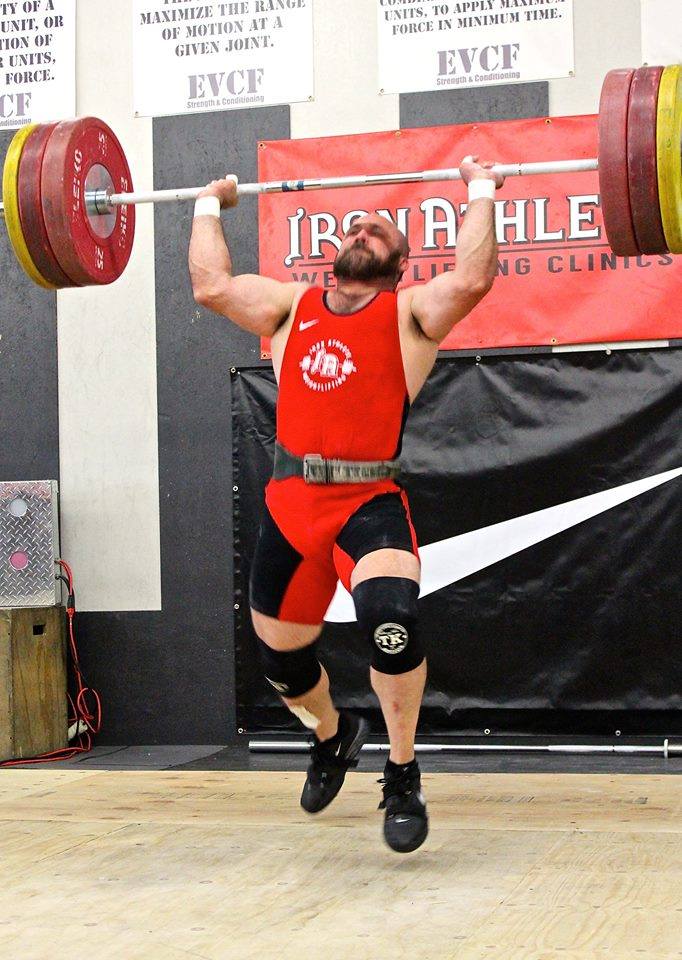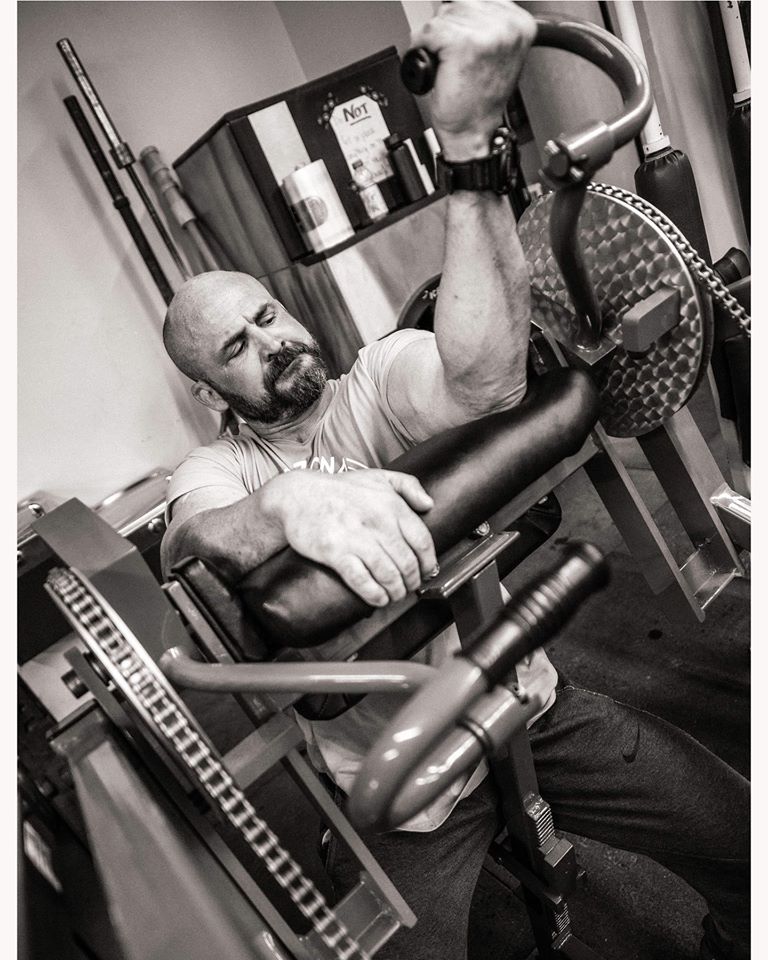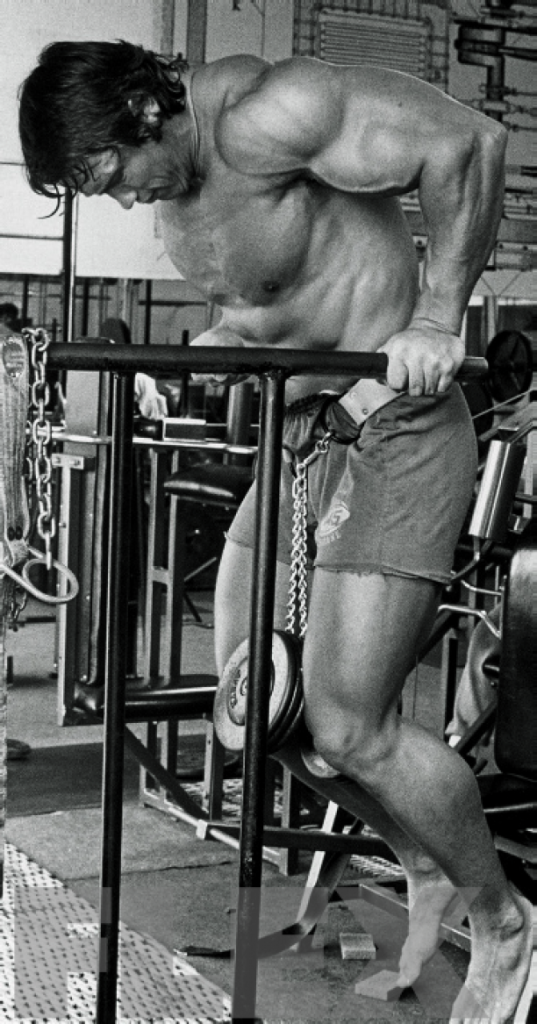In the most basic terms, Hypertrophy refers to an increase in the size of a…

The Many Applications of EMOM’s
EMOM (Every Minute on the Minute)
The EMOM Training Protocol prescribes that selected movements be performed “every minute, on the minute.” This format is one of the more effective methods for developing skill and power and for accumulating volume. Another benefit of this format is that it can be less costly in terms of wear and tear on the body (due to its ability to manage density).
Managing Density
Density refers to the amount of work performed in a given period of time. An increase in density often leads to higher levels of intensity and additional stress on the body. High Density Training and Low Density Training are both useful tools, but it is important to understand their differences. Managing density is an important component of overall program design.
Manipulating the density of work can significantly alter the training effect of otherwise similar workouts.
Performing 10 reps at 85% of 1RM in the shortest time possible (higher density) is very different from performing 1 rep EMOM at 85% (lower density). In both cases, the total rep count is 10, and in both cases the load is 85% of 1RM. Despite the similarities, though, these workouts drastically differ in terms of fatigue and training effect. The higher density workout is generally more taxing – psychologically, metabolically, and neurologically.
Density Measured by Total Volume
Total Volume is a means of measuring the amount of work accumulated for a specific exercise. For example, completing 25 reps at 100kg results in a total volume of 2500kg. One measure of density, then, is simply the total time required to complete all 2500kg of work (the shorter the time, the higher the density). This is an important measurement, but it gives an incomplete picture of the stimulus created by the training session.
Distribution of Work
The manner in which you distribute work over time significantly changes the stimulus of the workout.
Every 1:00 for 25:00
1 rep at 100kg
Every 5:00 for 25:00
5 x 100kg
(unbroken sets)
These workouts have the same volume and the same density based on total work completed in 25 minutes. That being said, these are two very different workouts. The work distribution makes all the difference.
The EMOM distributes the work relatively evenly across the 25 minute time period. Distributing the work in an EMOM structure tends to permit more focus on movement quality and bar speed. These two elements are necessary when training for technique and power.
Sets of 5 distribute the stimulus into “spikes” of work. Packing the work into five sets creates five bouts of high density work (as opposed to twenty-five bouts of evenly distributed, relatively low density work). Training with this bouts of higher density is generally going to be more useful for building strength and hypertrophy. Distribution of work significantly affects the type of stimulus created by a particular workout.
Skill Development
EMOMs are an effective way to structure skill training. To develop skills with EMOM training, keep these important parameters in mind:
- Movement quality is the highest priority
- Do not push to failure
- Each set must be completed unbroken
Examples of Skill Development EMOM’s
These workouts can be completed with a prescribed number of reps or measured by reps completed. Be sure to stay within the parameters of skill development training.
Every 1:00 for 10:00
1 Ring Muscle-up
EMOM Complexes as a Skill Development Tool
“Strict + Kipping”
Every 1:00 for 10:00
2 Strict Handstand Push-ups + 5 Kipping Handstand Push-ups
(each set unbroken)
“Gymnastics Complex”
Every 1:00 for 10:00
3 Toes to Bar + 2 Chest to Bar Pull-ups + 1 Bar Muscle-up
EMOMs can also be used as a skill development and conditioning tool for weightlifting movements.
“Barbell Complex”
For load:
Every 1:00 for 10:00
1 Clean + 1 Front Squat + 1 Jerk
(add 10lbs/5lbs each set)
Mixed Modalities
Combining a gymnastics movement with a weightlifting movement can make for fast and effective workouts.
“Prescribed reps and load”
Every 1:00 for 10:00
Odd min: 3 Cleans at 75%
Even min: 3 Ring Muscle-ups
(each set unbroken)
“Single Modality Measure”
For total reps of Ring Muscle-ups:
Every 1:00 for 10:00
Odd min: 3 Cleans at 75%
Even min: Ring Muscle-ups
(Choose reps prior to start. All sets unbroken. Only score successful rounds)
“Two Modality Measure”
For total reps:
Every 1:00 for 10:00
Odd min: Cleans at 75%
Even min: Ring Muscle-ups
(Choose reps prior to start. All sets unbroken. Only score successful rounds)
Adding the criteria “choose reps prior to start”, “only score successful rounds” and “all rounds unbroken” is a means of ensuring that athletes choose an appropriate number of reps for each exercise.
Measuring by reps incentivizes the selection of high reps. The above criteria serve to moderate rep selection to an appropriate range.
_____________________________________________________________________________________
Adding a third movement creates another effective twist to the EMOM Structure. A movement that fits this role well is the double-under. Adding the third movement can have several benefits:
1. Practicing three movements in the same time period that you would have done one or two.
2. Limiting the amount of work done on the other two movements (sometimes this is a valid objective).
3. Increasing the conditioning demand of the movement and practicing movements under fatigue.
For total reps:
Every 1:00 for 10:00
Odd min: Cleans at 75%
Even min: Ring Muscle-ups
*start every minute with 20 double unders
(Choose reps prior to start. All sets unbroken. Only score successful rounds)
For total reps:
Every 1:00 for 20:00
Odd min: Handstand Push-ups
Even min: Pull-ups
*start every minute with 20 double unders
(Choose reps prior to start. All sets unbroken. Only score successful rounds)
Training for Power
When training for power, it is generally accepted that reps should be low (1-3), weight should be moderate (60-75%), and bar speed should be high. These criteria increase the likelihood that the movement will be performed at a weight that puts the athlete near optimal power output without slowing the movement due to fatigue or load. Training for power requires a high degree of focus on movement quality and bar speed. Some powerlifters refer to this type of training as “Dynamic Effort.”
Focus is bar speed:
Every 1:00 for 8:00
3 Bench Press at 65%
Accumulating Volume
For athletes who participate in sports that demand high levels of skill, they must practice these movements thousands of times while emphasizing quality. Volume should be increased progressively over time. Too much volume, too early often leads to injury and poor movement. EMOMs are an effective means of managing the volume of work while maintaining an emphasis on movement quality.
Workout 1:
Every 1:00 for 10:00
1 Ring Muscle-up
Workout 2:
Every 1:00 for 10:00
Min 1-5: 2 Ring Muscle-ups
Min 6-10: 1 Ring Muscle-up
Workout 3:
Every 1:00 for 10:00
2 Ring Muscle-ups
Workout 4:
Every 1:00 for 10:00
Min 1-5: 3 Ring Muscle-ups
Min 6-10: 2 Ring Muscle-ups
The rep scheme can easily be adjusted to an appropriate level for almost any athlete.
_____________________________________________________________________________________
Conditioning
EMOMs can also be used to structure conditioning workouts. Work can either be prescribed or used as the means of measurement.
“Prescribed Work”
Every 1:00 for 10:00
Odd min: 15 Calories on the Assault Bike
Even min: 15 Wall Ball Shots 20/14
“Measured by Reps”
For total reps of burpees:
Every 1:00 for 10:00
Odd min: 150m Row
Even min: Burpees
_____________________________________________________________________________________
Simulated Competition
Strength Ladders are a fairly commonly used test of strength in functional fitness competitions. This being the case, it’s important to practice them. Ladders can be structured in a variety of ways. One effective structure is to increase weight consistently every minute.
For load:
Every 1:00 for 10:00
1 Snatch
(Add 10lbs/5lbs each minute)
To find your approximate starting weight, estimate what your final lift will be and subtract 90lbs from the top weight for men and 45lbs from the top weight for women. This accounts for 9 increases (10lbs for men and 5lbs for women).
Ladders can also be run with an open-ended time and a prescribed start weight.
Another twist is to add a “buy-in” movement; 20 double-unders is a good one.
-Bachelor of Scie nce, Auburn University 1997
nce, Auburn University 1997
-Master of Education, Northern Arizona University 2005
-USA Weightlifting Club Coach 2001
-CrossFit Level 1 Instructor 2009
-USA Weightlifting National Coach 2012
-EVCF Regional Team Coach 2013, 2014, 2015, 2016, 2017
-EVCF CrossFit Games Team Coach 2014
-Masters National Record Holder: Snatch 130kg & Total 287kg (105kg 40-44)
-5 x American Masters Weightlifting Champion
-5 x American Masters – Best Lifter (2 x 35-39yrs, 3 x 40-44yrs)
-3 x Masters Nationals Weightlifting Runner-up
-President of Arizona Weightlifting Federation – LWC 48, 2016-current


